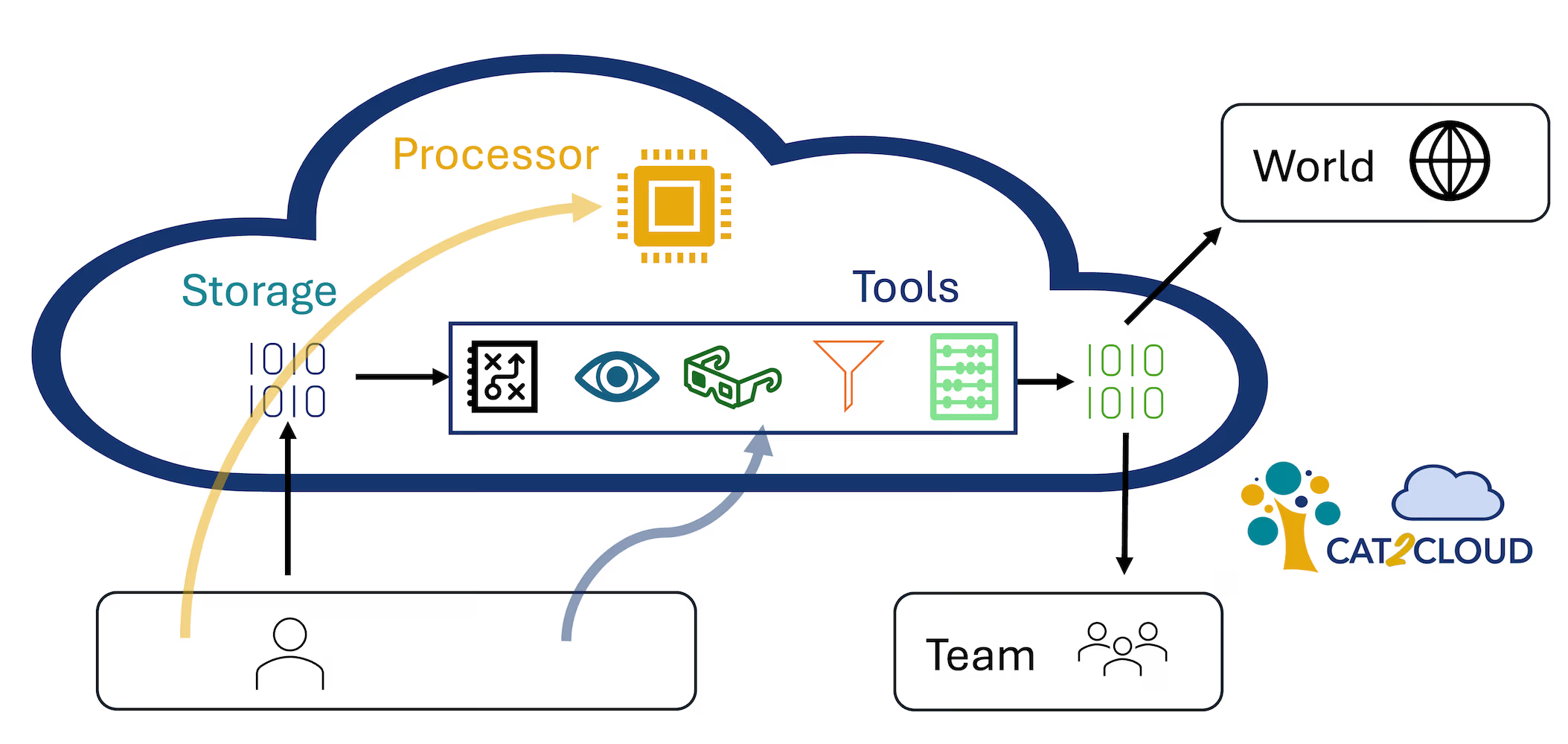Cat2Cloud is Here: Stop Moving Data, Start Using It!
For too long, working with large datasets has meant one thing: waiting. Waiting for data to download. Waiting for it to load into memory. Waiting for computations to finish. Today, we're excited to announce that the waiting is over.
After two years of intensive development and six months of successful beta testing, we are thrilled to launch Cat2Cloud! It's a groundbreaking platform that lets you store, visualize, and compute on massive datasets directly in the cloud, without ever needing to download the data first.
Imagine interacting with terabytes of data as if they were on your local machine. That's the power of Cat2Cloud.

The Magic Behind Cat2Cloud
At its core, Cat2Cloud is powered by the legendary compression, chunking and computation technologies of Blosc2 and our own Caterva2 web server engine. This foundation allows for unprecedented efficiency. By leveraging Blosc2, Cat2Cloud not only minimizes your storage footprint but also accelerates data transmission and enables lightning-fast computations on datasets that are too large to fit in memory.
This means that nearly all the powerful features and APIs from Caterva2's documentation and Python-Blosc2 are at your fingertips within the Cat2Cloud ecosystem.

But Cat2Cloud is more than just a backend. We've built a rich, user-friendly experience on top, including native support for Jupyter notebooks right in the web interface, so you can go from data to insight in a single place.
What Can You Do with Cat2Cloud?
Cat2Cloud is designed to supercharge your data workflows. Here's how it will change the way you work:



